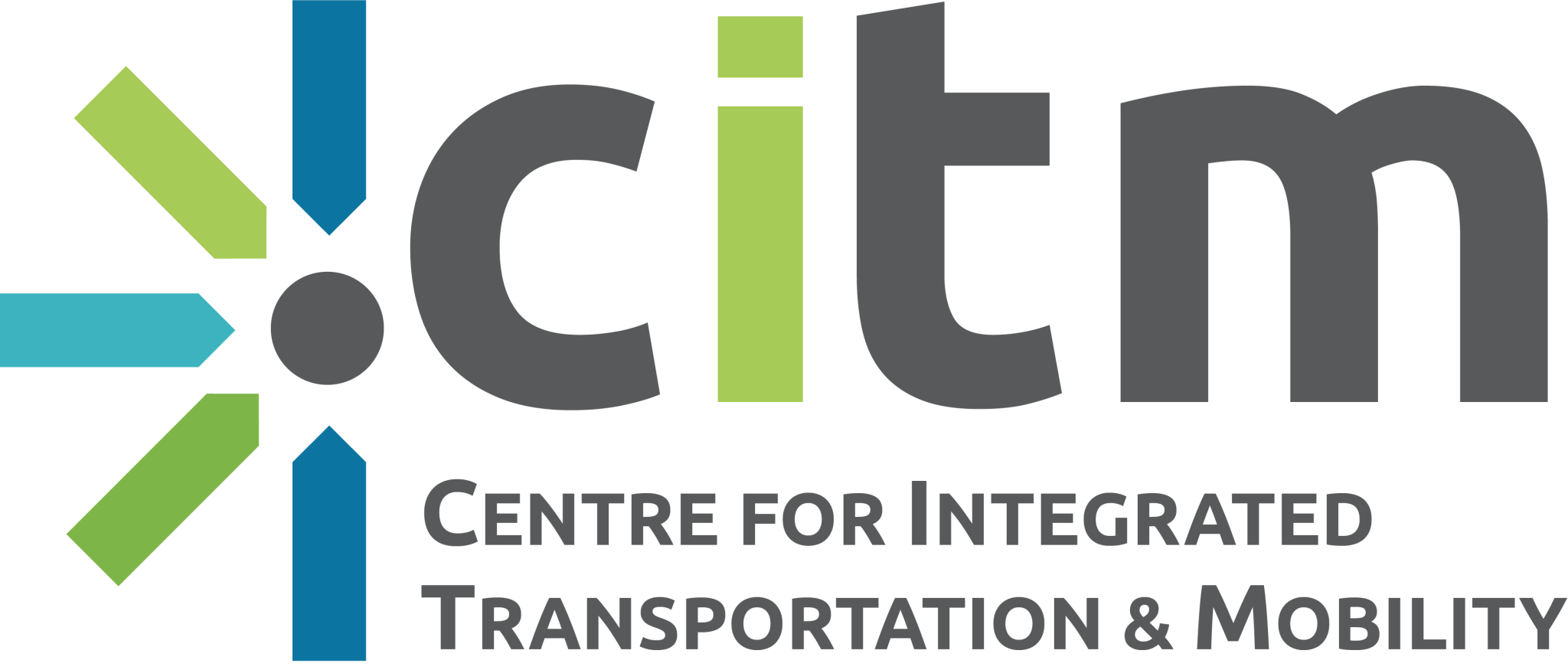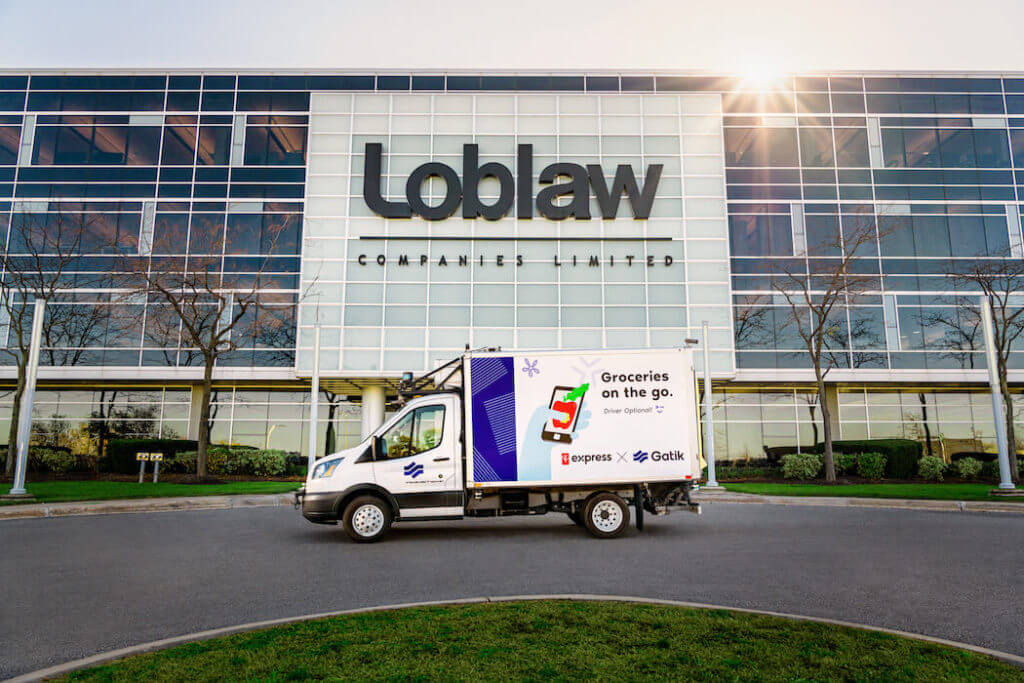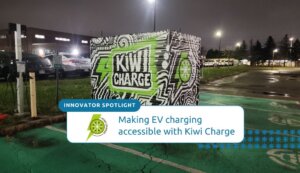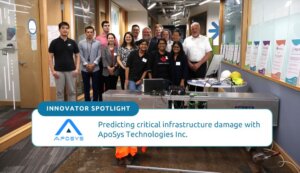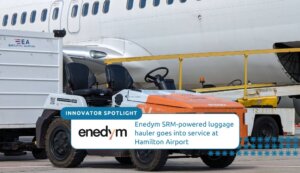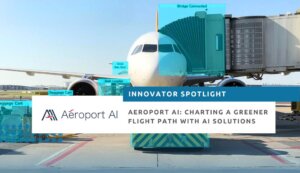Original Article, N. Carey and P. Lienert, Reuters.com, December 9, 2021
Only a year ago, startups developing robotaxis were pulling in eight times more funding than firms working on autonomous trucks, buses and logistics vehicles, but the gap has narrowed dramatically in 2021.
With fewer regulatory and technological hurdles, trucks operating on major highways, fixed delivery routes or in environments far from cyclists and pedestrians such as mines and ports are now being seen as a faster way to generate returns.
That’s why Gatik has opted for a careful approach for its “middle-mile” delivery routes between distribution centres and retailers, Chief Executive Gautam Narang said.
Gatik’s trucks run on short, predictable routes avoiding left turns across oncoming traffic, schools, hospitals, fire stations, blind turns – or anything complicated.
“We’re not working on every tricky situation the autonomous vehicle industry is trying to solve,” he said. “We’re taking baby steps using routes that are uneventful from a complexity standpoint.”
Gatik works with Walmart Inc (WMT.N) and Loblaw Companies Ltd (L.TO) using autonomous trucks with safety drivers, though it operates some driverless routes in Arkansas and sees the global shortage of drivers as an opportunity.
“We decided to focus on a simpler use case where the need was very acute,” Narang said. “We’re not building the technology for technology’s sake.”
